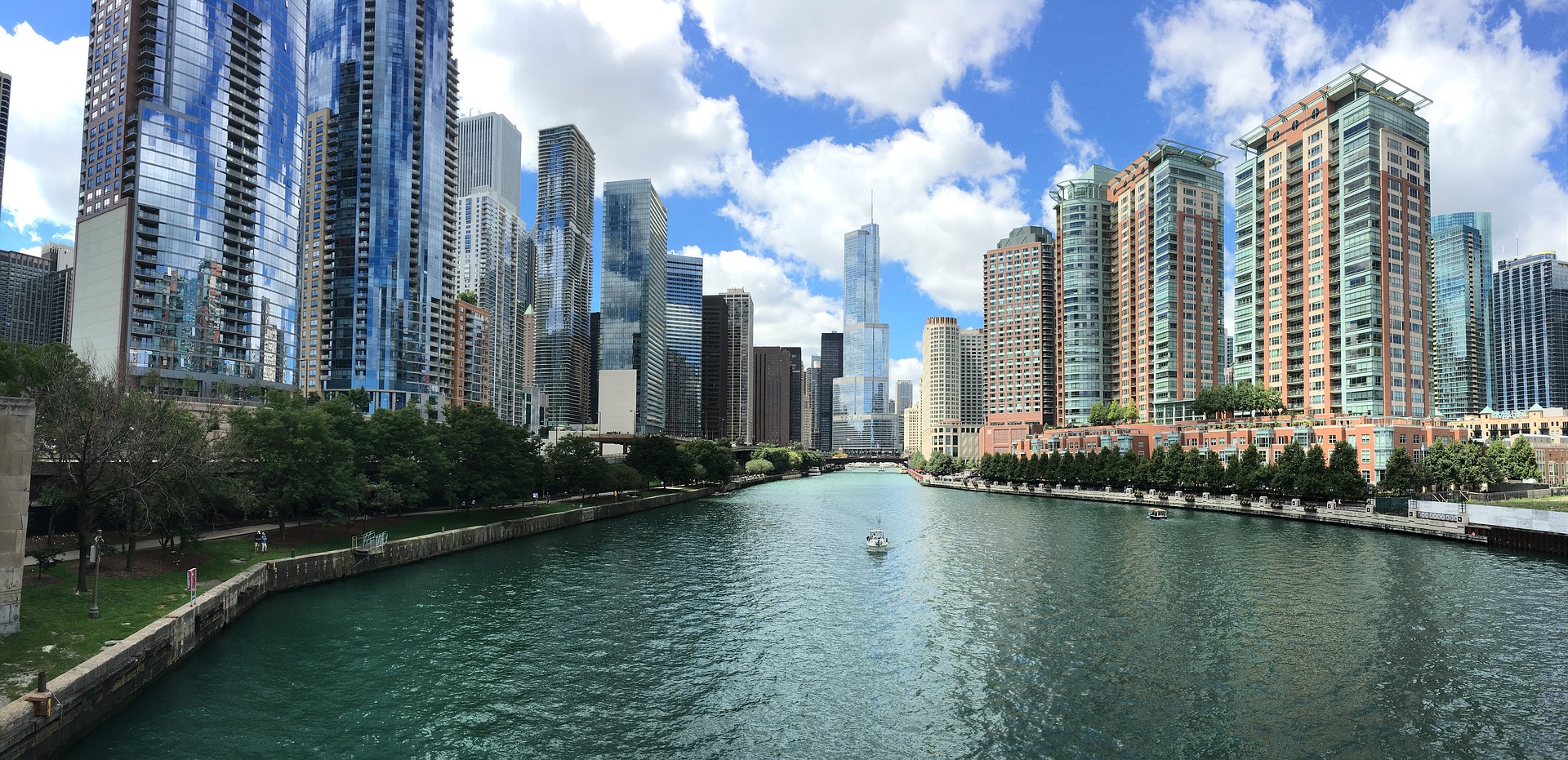I was a late arrival to social media, drawn there reluctantly to stay on top of friends’ events in the post-Evite era. But in my time on Facebook, I’ve quickly gotten exasperated by the constant posting of graphics that support ideas that may well be true, but that do so using facts that are either unattributed or simply false.
Today was a case in point. I received the following photo from a few different people, accompanied by this text:
This is the most telling image you’ll see all week. You know how they say that if it bleeds it leads? It turns out that’s not true. If it bleeds white, it leads. You need to share this, for journalism.
The napkin’s scrawl points out the copious coverage a shooting in a white neighborhood got in comparison to four shootings in black neighborhoods. But the problem is that the first shooting mentioned in this article actually occurred in West Rogers Park. And Rogers Park breaks down as 39 percent white, 26 percent black and 24 percent Hispanic. In other words, it would be more accurate to describe it as an ethnically diverse neighborhood than as a white one.
Among the neighborhoods listed for the shootings at the bottom were New City, which is 57 percent Hispanic, and Gage Park, which is 89 percent Hispanic. So two of the four neighborhoods listed in the meme as “black neighborhoods” are predominantly Hispanic neighborhoods, not black.
And while the Facebook post says, “If it bleeds white, it leads,” the article itself does not actually define the race of the woman in Rogers Park who was shot, or of the people shot in any of the other neighborhoods.
Moreover, a subsequent Chicago Tribune article indicated that the Rogers Park shooting was indeed the most serious. That woman was shot in the neck. The other victims were shot in the shoulder, the hand, and two in the leg. One of those leg wounds was an accidental, self-inflicted one.
It is likely true that shootings in largely minority neighborhoods receive less media attention. And when it comes to your chance of getting murdered, there’s no question that you’re much, much safer as a Chicagoan in a wealthy, predominantly white neighborhood.
But in the instance of this specific article, charges of racism seem to be misguided. And some of the facts being asserted in the photo are simply wrong.
The reality is that if someone is passionate enough about a topic to share their views with the world, they should also be diligent enough to make sure their facts are correct, especially if they’re doing it “for journalism.” And people passing along those perspectives should also make sure that what they’re spreading is the truth.
Because even if you are on the right side of an issue, if your facts aren’t right too, you may not have the credibility you need to effect real change.

